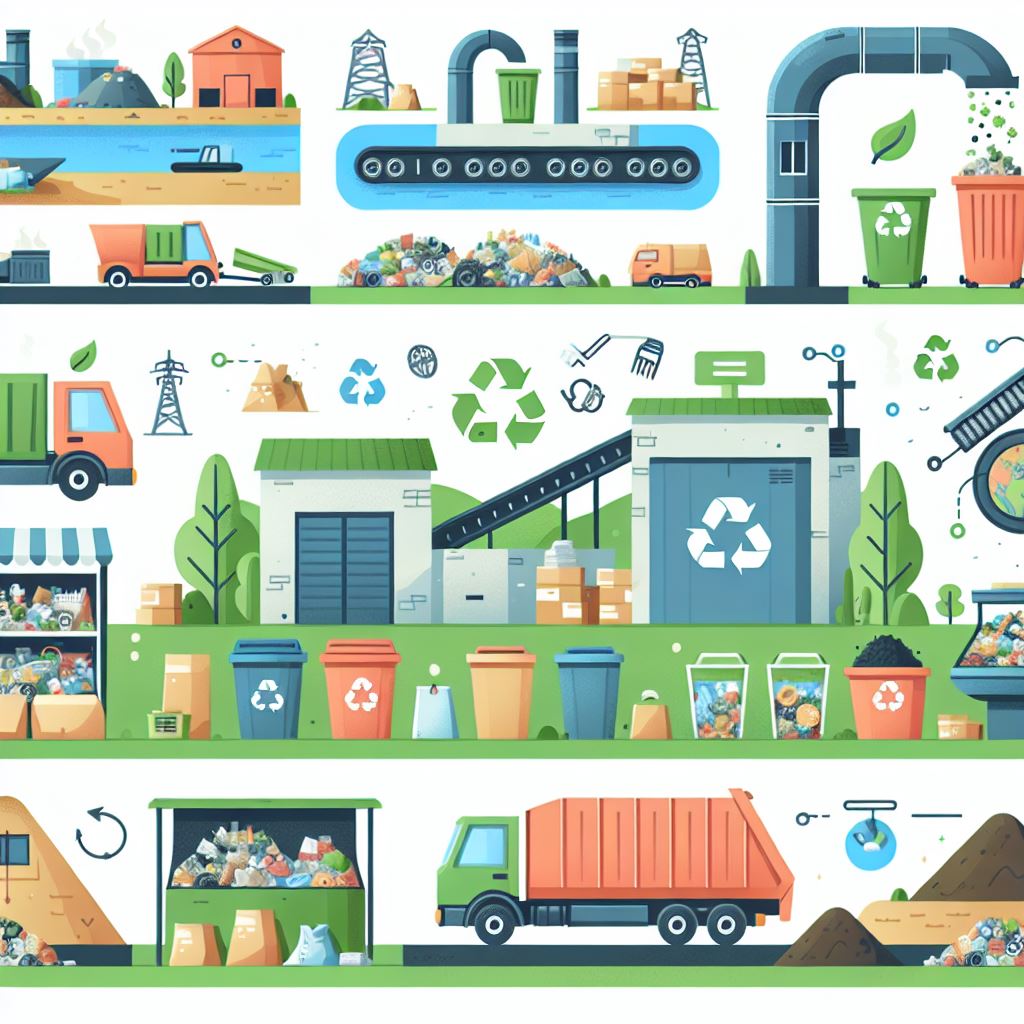The Basic Principles Of Reclaim Waste
The Basic Principles Of Reclaim Waste
Blog Article
Reclaim Waste - An Overview
Table of ContentsThe Reclaim Waste StatementsReclaim Waste Can Be Fun For EveryoneGet This Report about Reclaim Waste6 Simple Techniques For Reclaim WasteNot known Facts About Reclaim WasteHow Reclaim Waste can Save You Time, Stress, and Money.
With proper fluid waste monitoring, business can decrease energy-intensive treatment procedures and disposal expenses. By following a system for taking care of fluid waste, companies can prevent expensive penalties and charges and avoid adverse publicity.Keep in advance of laws and maintain a secure workplace with a digitized conformity tool. Categorizing fluid waste is important for effective storage, therapy, and disposal. Environmental, Health, and Safety (EHS) groups, waste management officers, and compliance managers can handle these wastes securely and effectively when they understand the fundamentals: Created from homes, this sort of liquid waste comes from commodes, sinks, showers, and cleaning devices.
(https://www.folkd.com/profile/431642-reclaimwaste1/?tab=field_core_pfield_1)Accumulate representative samples from different factors within the waste stream to guarantee precision. Conduct routine screening to track any type of changes in the structure. Maintain detailed records of characterization for future referral and conformity functions. Fluid waste, particularly unsafe ones, presents substantial risks during this step. Appropriate procedures decrease spills, leaks, and other mishaps that can hurt the employees and the general public.
Unknown Facts About Reclaim Waste
Set apart the waste based upon its type (e.g., unsafe or non-hazardous) to ensure ideal handling. Shop waste in safe and watertight containers to avoid spills during collection. Tag the containers suitably, including the kind of waste, possible risks, and handling instructions. Tons the protected containers into transportation automobiles with vacuum cleaner vehicles or portable tanks.
is called for when the effluent will certainly be reused or released into metropolitan pools. Disinfection (e.g., chlorination, ultraviolet light, ozonation) and nutrient elimination (e.g., denitrification and phosphorus elimination) are advised under rigid policies. This stage while doing so is purely regulated due to the fact that it is when most threats take place. Countless companies broke numerous liquid waste disposal regulations in recent times.
After selecting the ideal sort of treatment approach for fluid waste, firms must find means to throw away this effectively. Here are some efficient methods of liquid waste management: get most dealt with fluid waste that meets discharge standards. refers to making use of treated wastewater in agricultural lands for irrigation as long as the effluent fulfills hygienic levels per guidelines.
Getting My Reclaim Waste To Work
are used by markets that create big volumes of low-toxicity liquid waste. Shallow containers include liquid waste that is allowed to vaporize via natural procedures. The residue left can be taken care of in garbage dumps. entails burning liquid waste at high temperature levels and transforming it right into gas and ash - liquid waste removal melbourne. This kind of disposal undergoes strict environmental guidelines as a result of potentially hazardous exhausts.
The findings need to be documented, evaluated, and stored not just for submission to governing authorities but also for making improvements in the future. Share information with pertinent stakeholders (e.g., employees, governing federal government companies, and neighboring neighborhoods) to maintain openness and liability.
Getting The Reclaim Waste To Work
No matter of the firm size or industry, there are various challenges connected with this job. Firms that can't invest in facilities should take into consideration working together with the public industry for better remedies (liquid waste removal melbourne).
Fluid waste describes any product in a fluid state that is surplus, undesirable, or disposed of. One significant obstacle for business is the absence of proper storage space centers for fluid waste. Partnering with fluid waste services will greatly lessen this challenge Criterion miss bins and other containers that are typically made use of for solid waste are usually not enough for the distinct demands of managing fluid materials.
The Ultimate Guide To Reclaim Waste
This blog site explores the attributes of liquid waste, going over how spills and contamination cases can be managed successfully. It additionally checks out the procedures companies can require to stop future leaks and what to do when spills undoubtedly happen. Liquid waste includes any undesirable or surplus material that exists in a liquid type and is established for disposal.
This kind of waste occurs when an item is no longer needed, a lot like any kind of various other kind of trash. It is important to engage experienced fluid waste management specialists when transferring or disposing of liquid waste.

The Best Strategy To Use For Reclaim Waste
The Environmental Defense Company specifies the "product has to pass with a 0.45-micron filter at a pressure differential of 75 psi" in order to be specified as a liquid. What is necessary to note below is that the more strong a product is, the less likely it is to be liquid. It's feasible to differentiate in between two sorts of fluid waste: natural and inorganic. Both have their distinctions.
Both companies and individuals can significantly benefit from comprehending correct garbage disposal processes through 9 ideal methods in waste monitoring. These approaches are lined up with the established waste power structure.

Report this page